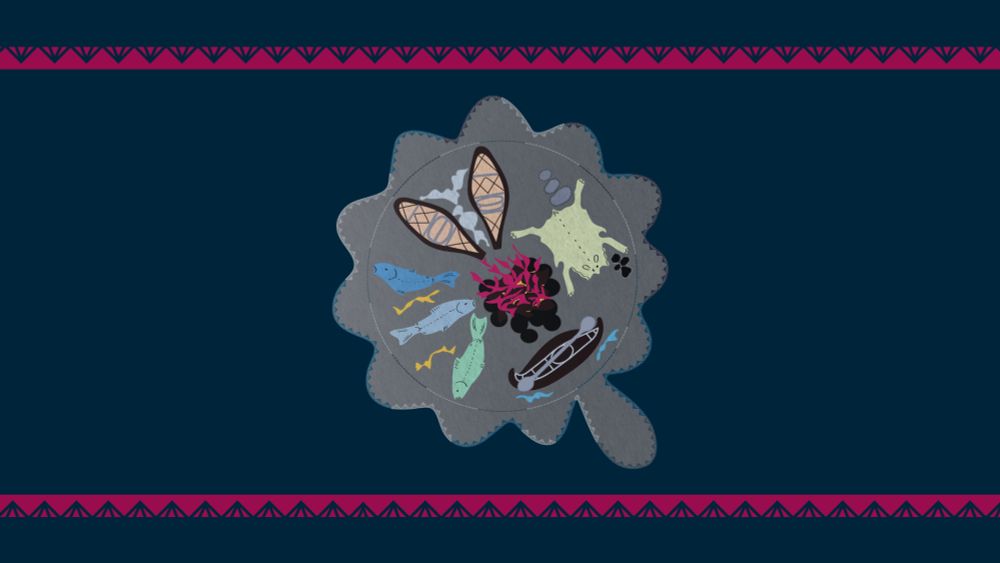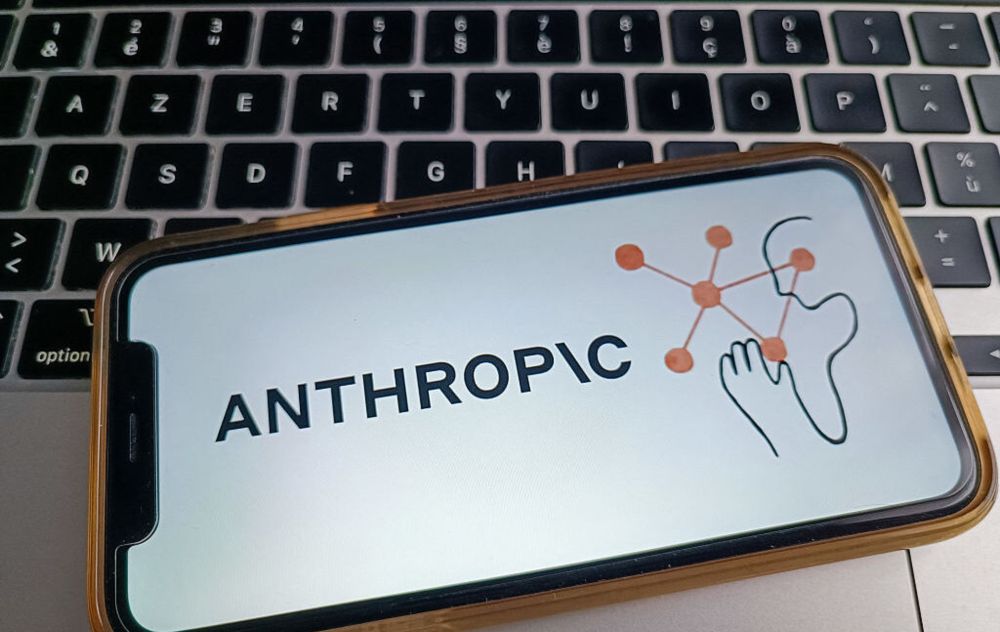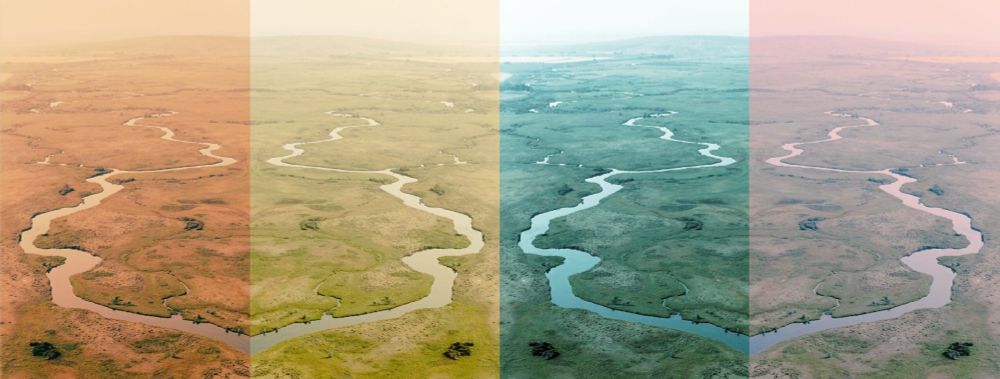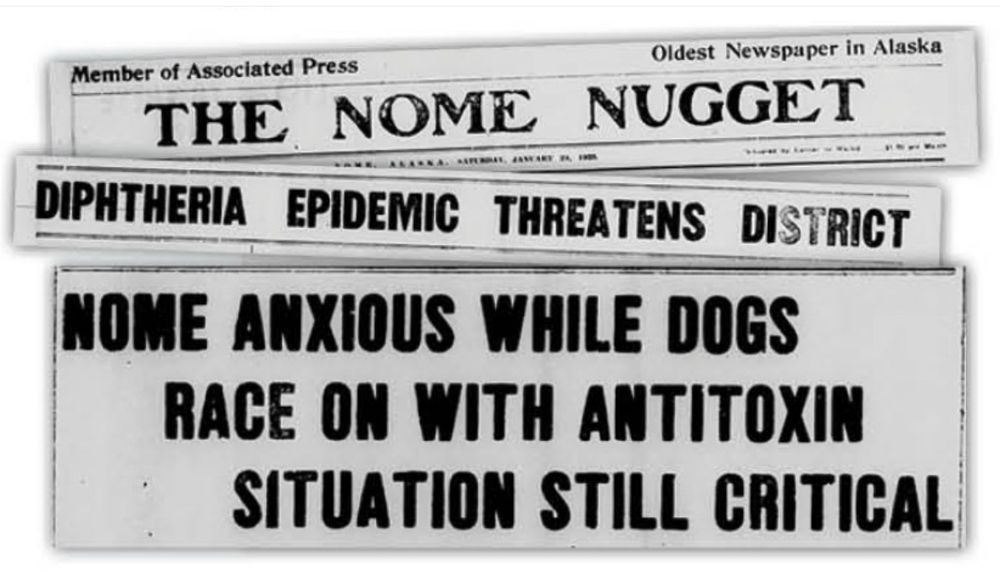Finis Dunaway
@finisdunaway.bsky.social
3.3K followers
270 following
71 posts
Historian | Author of DEFENDING THE ARCTIC REFUGE, SEEING GREEN, & NATURAL VISIONS | Environmental History & Visual Culture | North American West, Arctic, & other places
Arctic Refuge Public History site: defendingthearcticrefuge.com
Posts
Media
Videos
Starter Packs
Reposted by Finis Dunaway
Reposted by Finis Dunaway
Reposted by Finis Dunaway
Reposted by Finis Dunaway
Reposted by Finis Dunaway
Reposted by Finis Dunaway
Finis Dunaway
@finisdunaway.bsky.social
· Aug 28
Reposted by Finis Dunaway
Reposted by Finis Dunaway
Reposted by Finis Dunaway
Reposted by Finis Dunaway
NiCHE Canada
@nichecanada.bsky.social
· Jan 11

How I Survived: Land and Northern Histories of Residential and Day Schooling
In spite of the distance from familiar people and places and the structured and colonial world of residential and day schools, institutionalized children found ways to sustain relationships with Land,...
niche-canada.org
Reposted by Finis Dunaway
Finis Dunaway
@finisdunaway.bsky.social
· Jan 31
Reposted by Finis Dunaway
Reposted by Finis Dunaway














